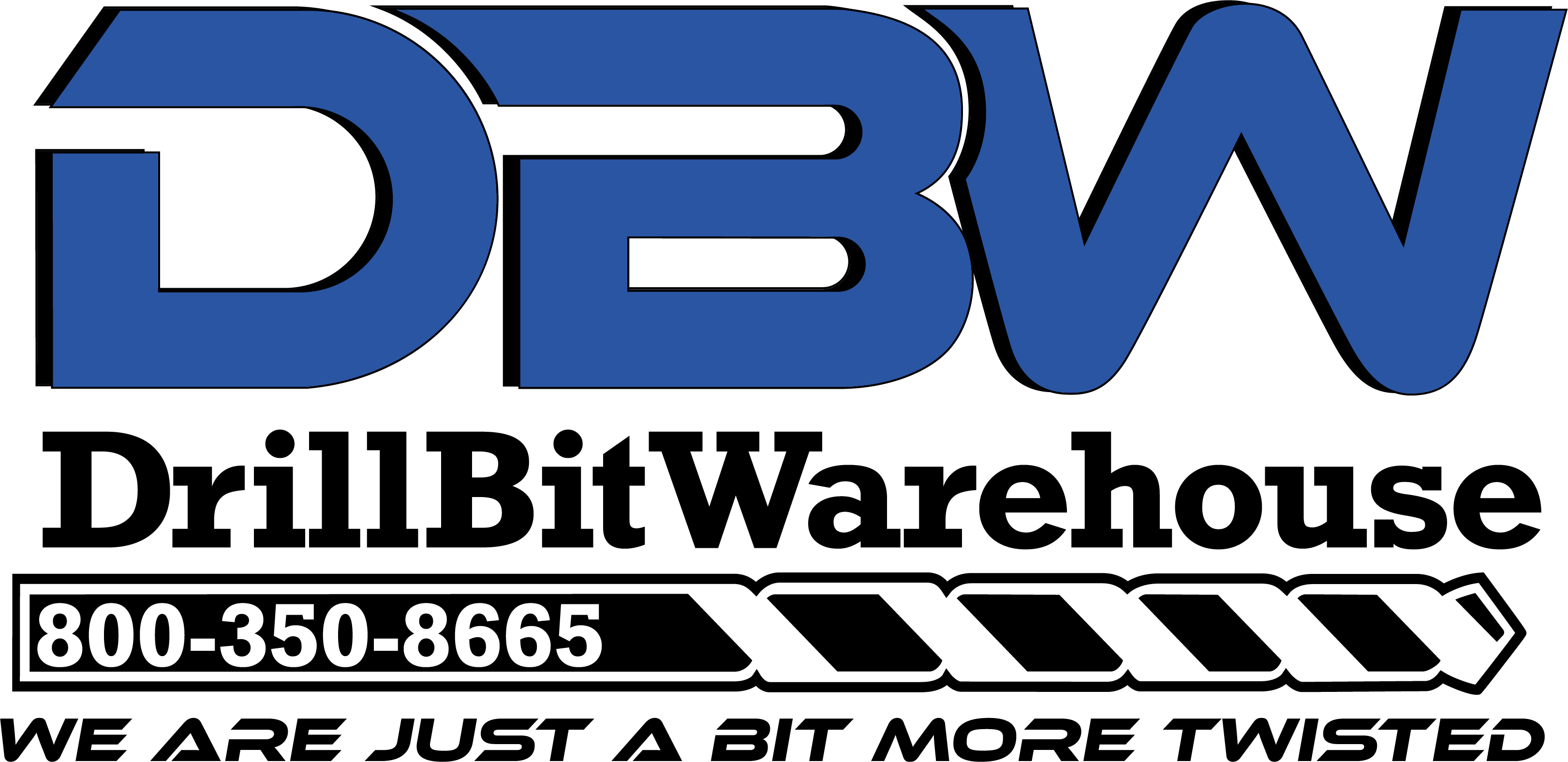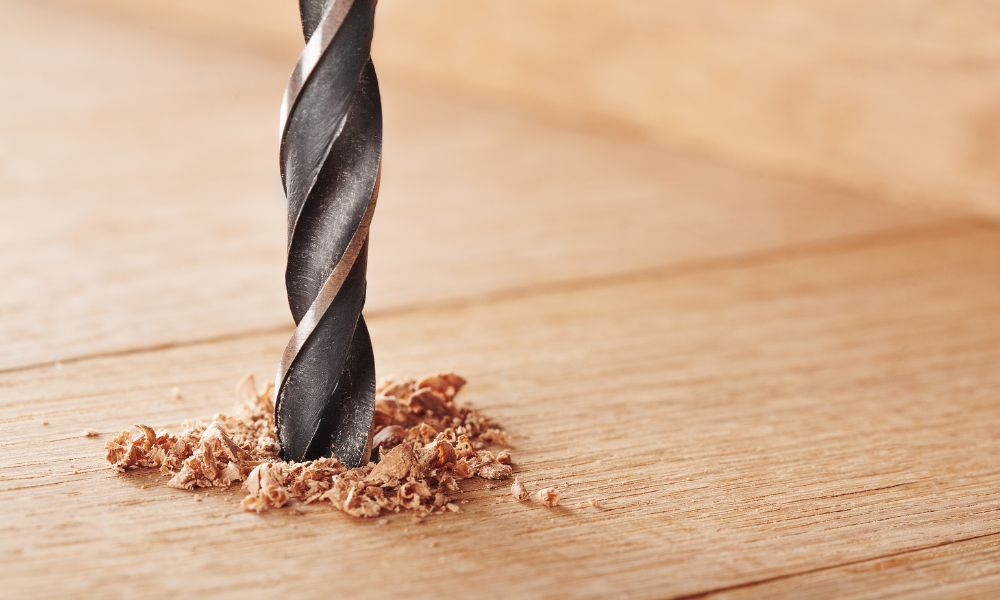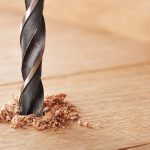The direction of a drill bit’s flutes affects how it works. Right-handed drill bits have flutes that run clockwise if you’re standing behind the drill bit, and they’re more common. Conversely, left-handed drill bits have flutes running counterclockwise. Learn three reasons why the direction of a drill bit matters and how to choose the right tool for your task.
Each Direction Has Unique Uses
Each direction, clockwise and counterclockwise, has specific uses and applications in various drilling tasks. Typically, clockwise drill bits are used for drilling into materials and creating holes. On the other hand, counterclockwise drill bits, also known as reverse drill bits, are designed for removing screws and bolts or extracting broken bits that may have gotten stuck in a material.
By understanding the unique uses and applications of these drill bits, you can select the appropriate one for any given task. This will ensure that you use the right tool for the job, leading to better outcomes and overall success.
Pro Tip: Avoid Broken Fasteners With Drill Bit Sets
Using the correct type of drill bit will help prevent tools and fasteners from breaking. Equip your workshop with a high-speed drill set for versatile tools that produce excellent quality work with fast chip removal.
The Right Direction Improves Efficiency
Another reason why the direction of a drill bit matters is that using the correct tool helps you work more efficiently. For example, when removing a broken screw, a left-hand drill bit will grip the screw as it turns counterclockwise, helping to extract the screw with minimal effort.
If you use a standard clockwise drill bit to remove the screw, you’ll likely struggle as the screw will only become further embedded into the material. Choosing the right drill bit direction can save you time, energy, and frustration.
The Right Bit Protects the Workpiece
Finally, the direction of a drill bit matters because it can help protect the materials you’re working with. When using the right tool for the job, you reduce the risk of causing damage to the workpiece. For example, when drilling into delicate materials, using a clockwise drill bit will ensure clean cuts and prevent the material from splintering or cracking. Conversely, attempting to drill into the material with a counterclockwise bit could cause the material to tear or become damaged.
In instances where you need to remove a broken bolt from a machine or vehicle, using a counterclockwise drill bit will help prevent damage to the surrounding components. Using a clockwise bit in this situation can result in further embedding the broken bolt, which may lead to costly repairs or the need for a replacement part.
While it may seem like a small detail, understanding the importance of drill bit direction can help you drill successfully. Use left- and right-handed drill bits to tackle unique challenges, work efficiently, and protect the materials you’re working with.




